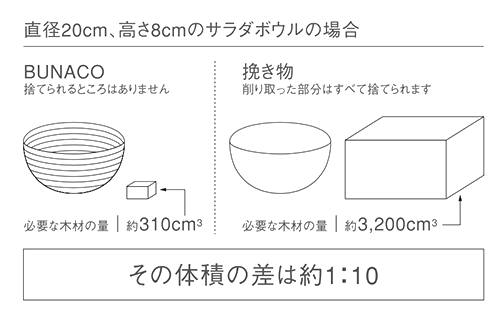The Birth of BUNACO Technology
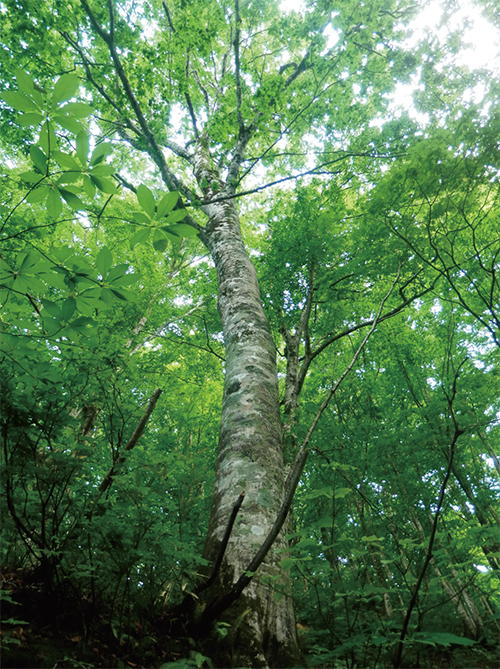
A Beech Tree Once Considered Useless
Aomori Prefecture, home to the world’s largest primeval beech forest and the World Heritage Site Shirakami-Sanchi, has an abundance of beech trees.
Beech trees are known for their exceptional water retention capability, earning them the nickname "natural dams."
However, due to the high moisture content in the trunks, beech wood was prone to warping and decay, making it unsuitable for building materials. Traditional woodworking techniques also faced challenges in drying the wood, limiting its usability.
As a result, beech trees were used only for items like railroad ties and firewood, and after the war, they were widely felled as "useless trees."
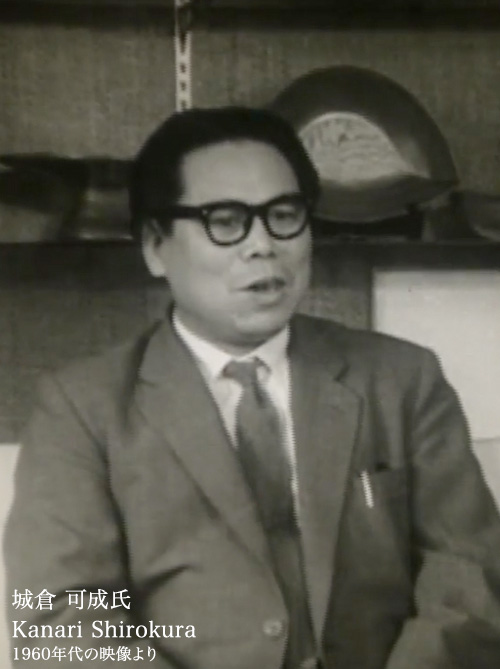
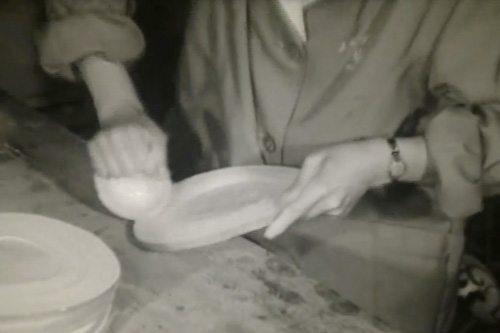
Development of "BUNACO Technology" to Utilize Aomori’s Beech Trees
The initiative to effectively utilize Aomori's abundant beech trees began in the 1950s at the Aomori Prefectural Industrial Testing Laboratory (now the Aomori Prefectural Industrial Technology Center).
BUNACO technology was invented in 1956 through the joint research of then laboratory director Mr. Kanari Shirokura and lacquerware artisan Mr. Keinosuke Ishigooka.
This groundbreaking technology not only solved the issues of beech wood being difficult to process and prone to warping but also allowed for more efficient use of wood materials with fewer resources compared to traditional carving methods.
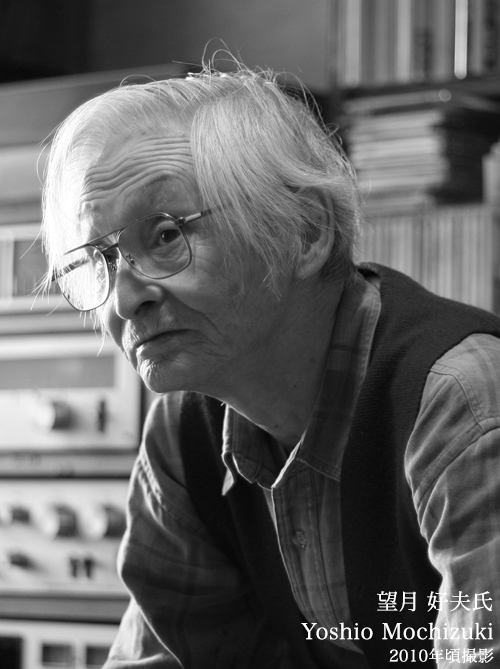
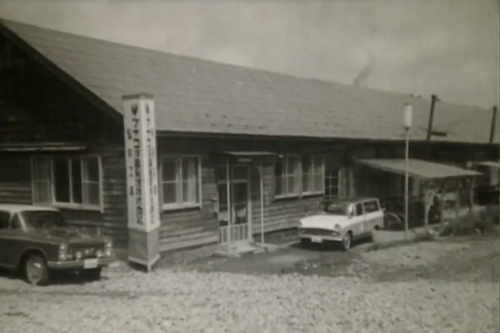
Subsequently, Mr. Yoshio Mochizuki, who was also involved in BUNACO research, established the product designs, and today BUNACO Co., Ltd. (formerly BUNACO Lacquerware Manufacturing Co., Ltd.) handles the manufacturing and sales.
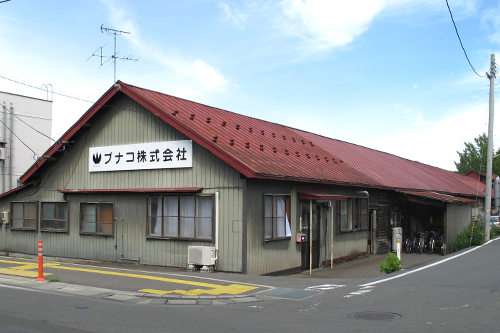
Hirosaki Headquarters Factory
The headquarters factory is located in Hirosaki City, Aomori Prefecture, where the Aomori Prefectural Industrial Testing Laboratory was situated when BUNACO technology was developed in the 1950s.
Built before the WW2, the wooden structure, once used as stables and for other purposes, exudes a nostalgic charm.
*Currently, the headquarters factory does not accept visitors or offer tours.
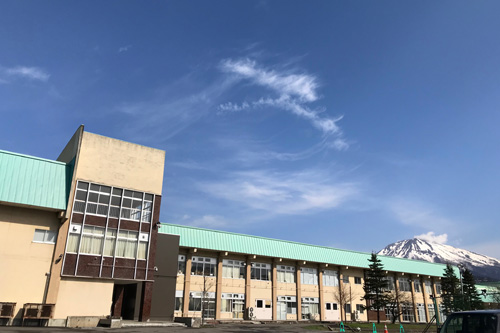
Nishimeya Factory
BUNACO’s second factory, renovated from a former elementary school building, is located in Nishimeya Village, the gateway to Shirakami-Sanchi, one of the world’s largest primeval beech forests and a World Natural Heritage site.
With this connection to “beech” trees, BUNACO, a company born to utilize beech wood, began operations at this second factory in 2017.
At the Nishimeya Factory, visitors can take factory tours and participate in hands-on crafting experiences.
Bunaco's Technology
Manufacturing Process
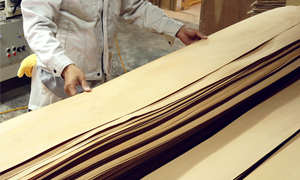
1.Processing Beech Wood into Thin Sheets
Beech logs are rotated and sliced into thin sheets (veneer) approximately 1mm thick and 2 meters long.
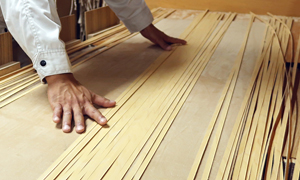
2.Cutting Thin Sheets into Narrow Strips
The processed sheets are cut into strips of various widths, ranging from 5mm to 20mm, depending on the product being made.
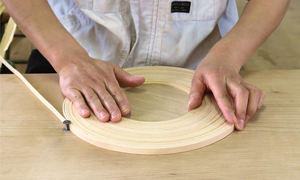
3.Wrapping Beech Strips into Coils
The strips are wrapped into a coil shape to form a base, with multiple strips joined to create the required size for each product.
During this process, the strips are not glued together.
The precise judgment of materials and delicate application of force make this a highly skilled task, requiring the expertise of artisans.
The name BUNACO comes from this distinctive process:
BUNA (the Japanese word for beech) + Coil = BUNACO.
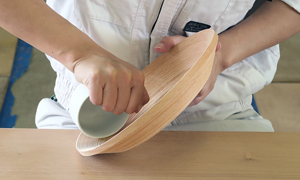
4.Shaping the Coiled Tape into Three-Dimensional Forms
The flat board formed by coiling the beech strips is shaped into a three-dimensional form by gradually pushing and shifting the tape. The shape is carefully adjusted to create a beautiful final product.
During the shaping process, artisans primarily use teacups as their tools.
This unique characteristic has remained unchanged since the BUNACO manufacturing method was first developed.
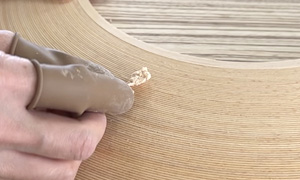
5.Polishing, Filling, and Coating
Gaps created by layering the tape are filled, polished, and coated. Even the finest gaps, less than 1mm, are meticulously filled and polished one by one.
By repeating this process, high-quality BUNACO products are crafted.
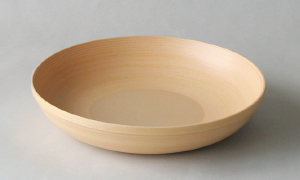
6.Completed
Each product is handcrafted by artisans, resulting in exquisite beauty and a soft, gentle texture.
Transformed by skilled artisans into lighting fixtures and interior products, beech wood has gained new value and is now widely distributed across Japan and even overseas for select products.
We invite you to experience the charm of BUNACO products for yourself.
BUNACO’s Ecological Conservation
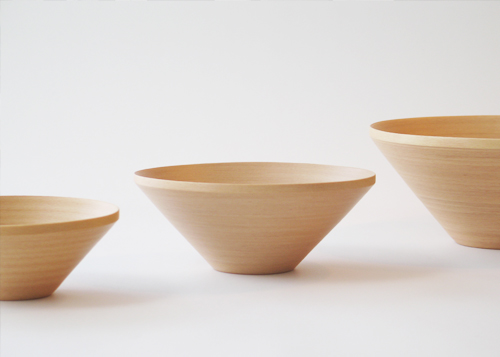
The high moisture content of beech is its weakness, but processing it into thin tape allows it to dry sufficiently, compensating for this weakness.
Compared to manufacturing methods which remove wood to make items, such as turning on a lathe, this is an ecological, environmentally friendly manufacturing method which can be used to process scarce timber resources.
